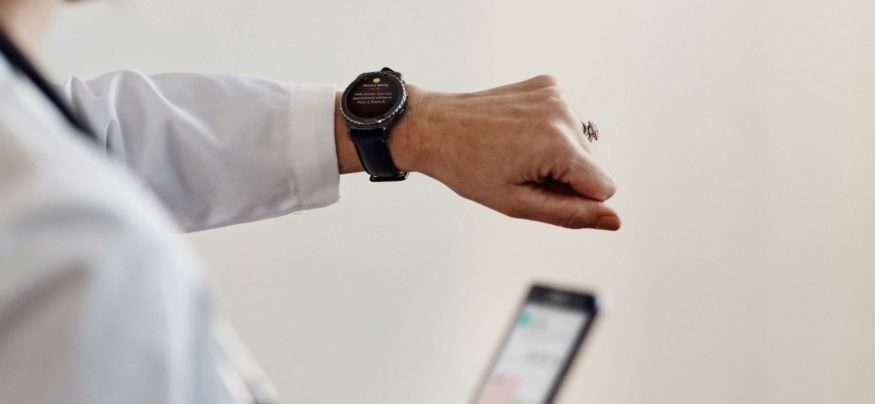Most people don’t look forward to doctors’ visits. As kids, we dreaded the needles and the medicine. As adults, we dread the time off work, the commute to the doctor’s office, and worst of all, the wait. So it’s no surprise that modern healthcare consumers are eager to bypass all that. Accustomed to getting everything from banking services to entertainment on demand, they are ready to approach their healthcare in the same way.
According to a new study by business technology consultancy West Monroe Partners, entitled “No More Waiting Room: The Future of the Healthcare Customer Experience,” healthcare consumers want more ways to communicate with their doctors than traditional office visits or leaving phone messages. This desire for mobility may even affect their choice of providers, especially for younger, tech-savvy patients. In fact, 59 percent of all insured patients and 70 percent of millennials say they would choose a primary care provider who offered a mobile app over one who did not, according to a recent Harris Poll.
What does this mean for healthcare organizations, and what will it take to provide the digital customer experience that patients are increasingly expecting?
Four Steps to Building a Mobile Health Strategy
Healthcare IT has come a long way in recent years, and organizations large and small have begun to embrace electronic health records, remote patient monitoring, mobile workflows, video patient education, wearable medical devices and a host of other sophisticated technology that improves patient care and staff productivity. Yet, many care providers still haven’t embraced mobile communication with patients, or haven’t fully explored its potential.
For healthcare companies looking to improve the digital patient experience, here’s where to start:
1. Online portals: At the most basic level, healthcare consumers want increased digital access to their doctors’ offices. This includes the ability to send and receive messages, view medical records, schedule appointments, request prescription refills and handle other business that would typically require a phone call. According to West Monroe’s study, 86 percent of consumers who have access to online portals use them for some or all of their communication with care providers, and two-thirds of patients whose doctors don’t offer online portals wish they did.
2. Mobile apps: Creating an online portal is a great first step; the next step is to optimize that portal for mobile. Ninety-one percent of healthcare consumers say they would use mobile apps to access information from their doctors’ offices.
Ensure the security of your healthcare apps.
Download this white paper for a free guide to mobile security in healthcare. Download Now
3. Virtual consultations: Scheduling appointments online can be a real time-saver for patients. What’s even better? Not having to go to the appointment at all. Nearly a third (31 percent) of patients have used mobile apps to communicate with their healthcare providers in real time about specific medical conditions. Of those, 80 percent prefer this method to traditional office visits. Of course, there are times when doctors need to perform physical exams, but when a text message or video chat will suffice, patients appreciate the saved trip.
4. Wearables: Patients are already relying on consumer healthcare apps and wearable devices to track fitness data and better manage their own health. But because most healthcare providers don’t have an efficient way to receive and evaluate this information, doctors miss out on what could be key health data, or at the very least, the start to an informed discussion about how patients could make healthier lifestyle choices. By incorporating wearables into mobile patient communication, care providers can stay on top of patient health trends and deliver the connected care that modern healthcare consumers want.
The future of healthcare is digital and increasingly mobile. And we’re no longer talking about the distant future. Many healthcare consumers are ready for mobile health solutions now, and they might not wait much longer for their providers to catch up.
Explore cutting-edge healthcare technology in more depth by checking out our full line of healthcare solutions.









